Eschinanthus - home care and reproduction
Content:
Eschinanthus is a beautiful tropical plant native to Asia, which in nature is attached by roots to the trunks and branches of massive trees for support. Its Latin name - Aeschynanthus - comes from the ancient Greek words "distorted" and "flower", probably due to the orange-red, yellowish, burgundy-wine buds curved to the side. And it is precisely because of their color that the affectionate names of eschinanthus - "fondant" or the flower of the "bird of paradise", have taken root among the people.
Depending on the species, an exotic plant takes on a liana-like or shrub shape, its branches can reach 30-90 centimeters. They are decorated with racemose inflorescences and dense rich green leaves, which are very much appreciated by florists when drawing up modern stylish bouquets. However, among lovers of home flowers, "fondant" is still not often seen.
Eschinanthus: home care, reproduction
It will not be easy for a novice florist to cope with the demanding escinanthus without first acquaintance with the rules of care. But this plant will look great at home, adding coziness. It will also brighten up the office space or decorate the veranda. The bush will turn out to be lush if several young cuttings are planted in one large pot, which is also true for suspended structures.
But first, let's consider what kind of escinanthuses are.
Aeschinanthus varieties
Eschinanthus the Beautiful
This variety is distinguished by bright green foliage and scarlet flowers that resemble elongated tubes. The buds are formed in 9-12 pieces in a "bunch". Stems up to half a meter long descend to the ground. The growing recommendations discussed above apply here as well.
Eschinanthus Mona Lisa
One of the most capricious, even a beginner and not yet very attentive gardener can cope with it. The species is characterized by dark emerald leaves with an almost glossy sheen. They are closer to the oval in shape and are decorated with a clearly defined vein in the center.
Aeschinanthus Rasta
This variety attracts attention with dark leaves curved towards long stems resembling vines. When growing, it is demanding, but no more than other types of escinanthus.
Eschinanthus the Marble
Especially appreciated for its lighter pattern on dark lush foliage, reminiscent of exquisite marble stains. This eschinanthus looks very unusual and eye-catching, especially in a hanging planter. However, it also requires a lot of attention from plant lovers.
Eschinanthus Twister
Twister pleases the eye with strongly curved, almost curly greens of a dark shade with a waxy sheen.Flowers are rich orange with a smooth transition to red, appear only if you follow all the rules of cultivation. Looks best in hanging pots.
Whichever flower you choose, the rules of care are almost the same for everyone.
The main rules for caring for eschinanthus at home
Lighting
You should choose a place that is well lit, but inaccessible to the direct sun. For example, a balcony, window sill, glazed corridor facing west or east. With a lack of light, the eschinanthus is unlikely to have buds, so in winter you can also use a special phytolamp.
Temperature
The room where the "fudge" grows must be ventilated, but strong drafts and sudden temperature changes must be avoided. Even in the cold season, it should warm up well enough. If it gets colder than +15 ° C, flowers will not appear, and the foliage will even begin to thin out on the bush.
Watering and humidity
Caring for the eschinanthus flower, like many plants in warm climates with high air humidity, requires proper watering. It should be done not too often - only when the top layer of soil in the pot dries a few sentiments in depth, and supplemented with 1-2 sprays from a spray bottle per day. 15-20 minutes after watering, it is important to empty the excess water from the sump. With an excess of moisture, the bush will begin to hurt, and pests may appear. Make sure not to miss this moment and take action in time.
In winter, the frequency of watering should be reduced, and spraying should be stopped altogether. Only drying out of the soil should not be allowed anyway.
Soil and fertilizing
The optimal composition of the soil should be maintained in proportions of 2: 2: 1: 1, two parts each of peat and leaf humus, one each of sphagnum and river sand. You can also purchase quality potting soil from your florist or gardening store. It is recommended to add moss or charcoal to it yourself to reduce or even completely eliminate root rot. And also for loosening and better drainage, you can take fine perlite or expanded clay.
It is recommended to fertilize eschinanthus only in spring and summer. Complex fertilizing, with potassium, is suitable for flowering and indoor plants, which should be combined with watering once a week, but not more than twice a month.
Transfer
The most suitable time for transplanting will be the spring months, and the way is to transship the flower without destroying the main earthy lump near the roots. Around it, you just need to add more nutrient soil. It is advisable to select the size of the pot only 1-2 centimeters larger in diameter than the previous one, since the “fudge” grows better and blooms in a tight container.
While the evergreen bush is still young, it can be transplanted to a new location every year. But as it grows, when the roots reach the bottom of the container and appear from the drainage holes, the procedure should be repeated only if absolutely necessary. For example, in case of illness, suspected rotting in the root system.
Pruning
To make the bush look more well-groomed and decorative, fit better into the interior, periodically after flowering, several scraps are carried out. Long branches in the upper, already significantly thinned part of the plant are cut by a third, and all dried leaves are also removed.
Eschinanthus: propagation by cuttings in water
Aeschinanthus propagation by cuttings in water is the most popular way to get a young and beautiful plant. In this case, stem cuttings are used. To get them, a section of about 6-10 centimeters in length is cut off from the top of a healthy and strong branch. It is important that it has five or six knots.
After removing the lower leaves, the stem is placed in a container filled with water and covered with a transparent plastic bag until the first roots appear - for two to three weeks. This process can be accelerated if the temperature is maintained at about + 25-28 degrees.
Another way to grow young Aeschinanthus is propagation by leafy cuttings, sometimes by seeds.
Thus, with a thorough acquaintance with the peculiarities of growing escinanthus, you can decide in advance for yourself whether its flowers are worth the effort. Anyone who loves original and spectacular home plants, while not afraid of difficulties, is definitely recommended to try.
Why Aeschinanthus does not bloom at home
The question “why are there no flowers?”, Sadly, worries most of the owners of this tropical wonder. Especially when the escinanthus was just brought from the store, and it pleases the eye with luxurious inflorescences, and after a few months it is thinning.
You cannot make the plant bloom, but you should try to remove the negative factors that interfere with this. First you need to make sure that there is no overheating, and more often open windows or try to take the pot out to the balcony for a couple of days. This is especially true in our climate in the spring, when the probability of the appearance of flowers is higher. In addition, one of the most popular reasons why Aeschinanthus does not bloom is the lack of lighting. Also, when watering and fertilizing, the buds (and only formed and almost opened) should not be allowed to get wet, otherwise they may become covered with dark spots and completely crumble.
Due to too frequent watering and cold air, gray or root rot, thrips may appear, and pests (spider mites, aphids, scale insects, mealybugs) should not be overlooked. Together they prevent the fondant from gaining strength and please its mistress or owner with bright buds.
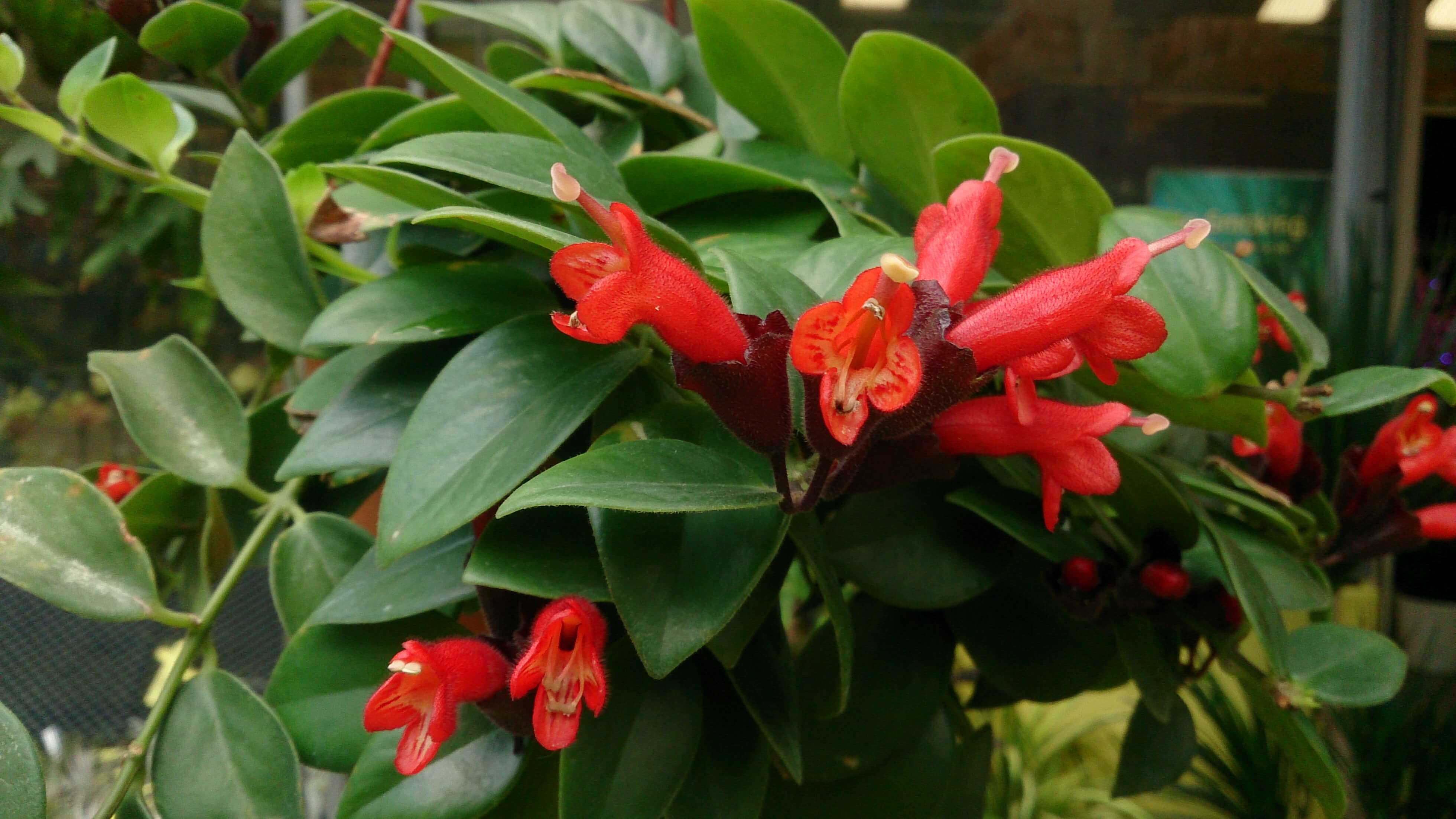


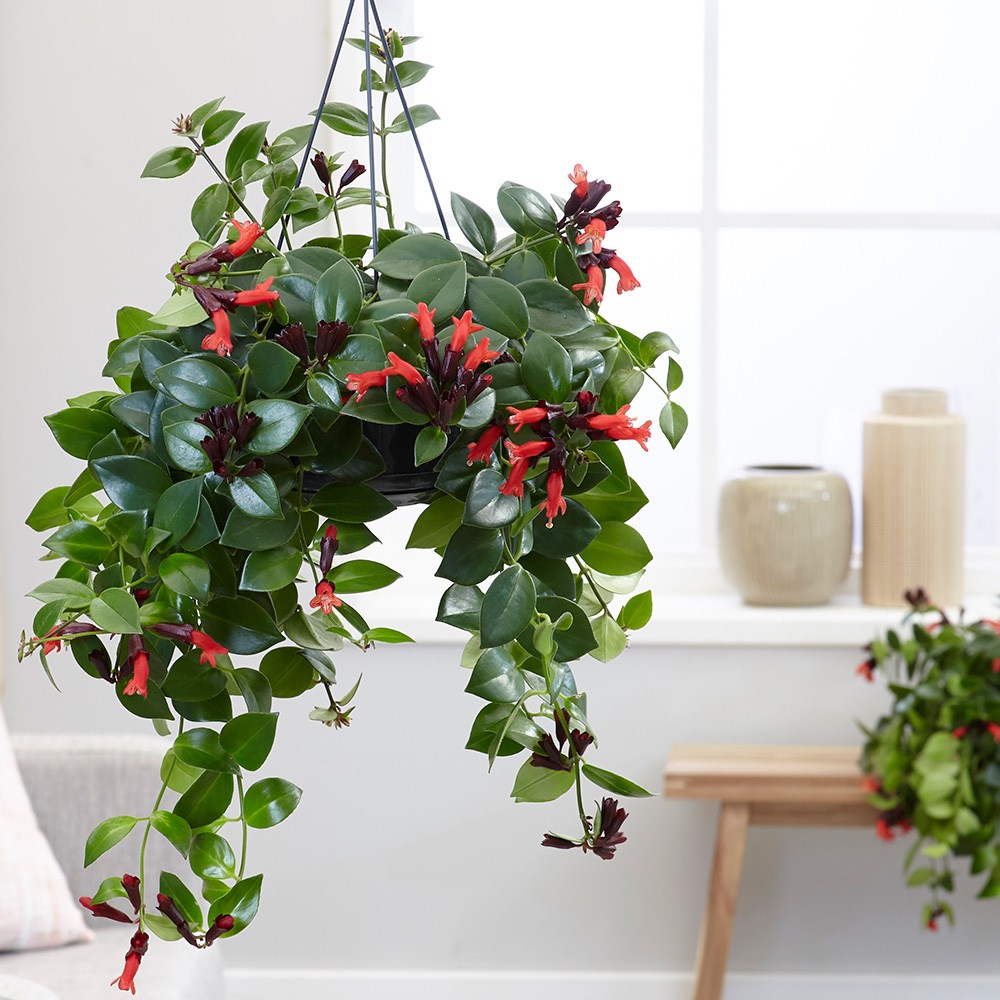
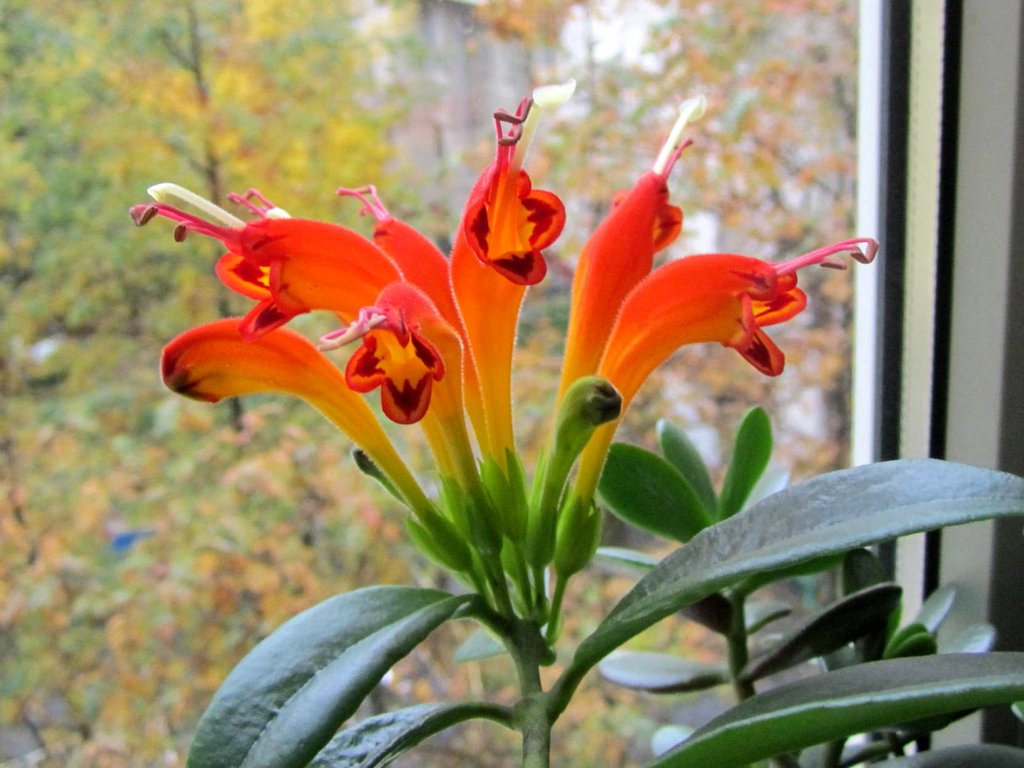
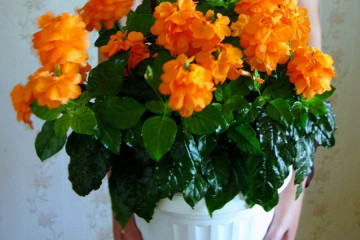
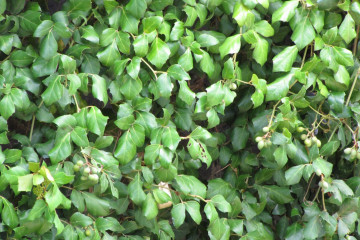

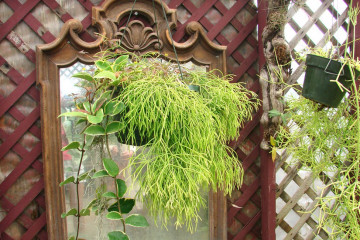
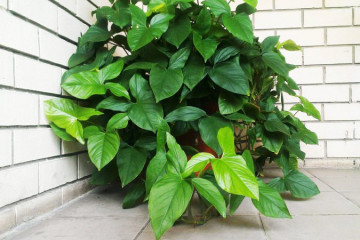
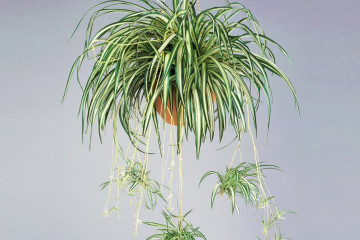










How to make leaflets aeschianthus mona lisa